Airborne and Marine Gravimetry
The use of gravimeters on mobile platforms is a technological challenge. To reach the required accuracy of 1 mGal, the kinematic acceleration must be measured very precisely. The interfering signal due to the movement of the platform is up to 10,000 times stronger than the gravity signal.
Gravimeters are used on board of ships for marine gravimetry. During marine surveys, the system can deliver data with an accuracy of 0.3 mGal in crossing points.
The use of gravimeters in airborne environments is more demanding due to air turbulences during flight.
GRAVIONIC has considerably improved the hardware (i.e. the sensor) and uses precise GNSS/INS processing and special Kalman filter algorithms to calculate accurate gravity signals. As a spin-off from the Institute of Flight Guidance (Braunschweig / Germany), GRAVIONIC also has special skills in precise positioning and navigation.
The Airborne and Marine Gravity Systems Chekan-AM and iCAGS (innovative enhanced Chekan-AM)
The Chekan-AM and the iCAGS consist of:
- 2-frame mechanical platform
- 3rd frame realised by a FOG virtually
- High-precision sensor for vertical acceleration
- Update Rate up to 25 Hz
Advantages:
- Cross-coupling effect minimised by reverted pendulums
- Core of the gravimetric system consists of a quartz construction. Gravimeter is therefore insensitive to outer and inner magnetic and electro-magnetic disturbances.
- Patented processing provides very high potential for increased accuracy. Special integration procedure minimises measurement noise
- High resolution of gravity anomalies
- System ready for real time applications
- Highest grade navigational solution by knowledge and technology transfer from the Institute of Flight Guidance
Airborne application:
In airborne application the Chekan-AM gravity system features the noise characteristics shown in the figure below. The flight speed during the measurements was 70 m/s at an altitude of 300 m above ground level in the vicinity of Magdeburg, Germany. The repeated line has a RMS of 1.34 mGal. The gravity signal is recovered with a direct form II transposed filter with a time constant of 37.22 s. The resulting signal is then twice filtered with a zero phase (forward and backward) combined filter based on direct form transposed filters with time constants t1 = 16s, t2 = 24s and t1 = 32s, t2 = 48s, respectively.
Marine application:
The performance of the Chekan-AM is comparable with well known gravity systems as LaCoste & Romberg and Bodenseewerke KSS gravity systems. The Chekan-AM shows a RMS = 0.3 mGal in crossing points regularly.
The new developed gravity system iCAGS (innovative enhanced Chekan-AM Gravity System) significantly outperforms other marine and airborne gravity systems.
High performance GPS based 3D true heading, attitude sensing and positioning system:
- 8 GPS L1 receiver, 1 GPS/GLONASS L1/L2 receiver, 9 calibrated antennas
- Update Rate up to 10 Hz
- Heading ± 0.1 deg
- Pitch ± 0.1 deg
- Roll ± 0.2 deg
- Position ± 1 to 5 cm
- GPS base stations: Up to 10 GPS L1/L2 receivers available, e.g. Trimble, Javad
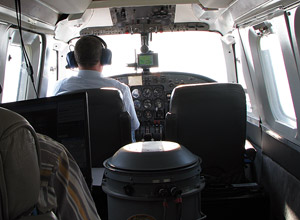

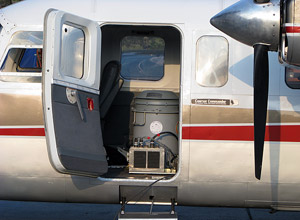
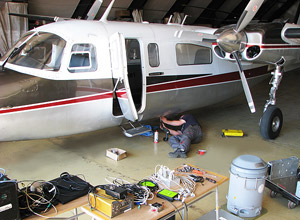
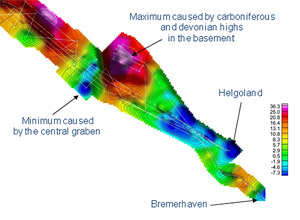
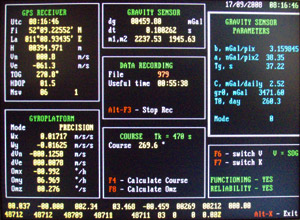

Gravionic GmbH
Hermann-Blenk-Str. 27+29
38108 Braunschweig
Germany
Phone: +49 531 26 25 18 4
Mobile: +49 172 8777183
E-Mail: service@gravionic.de
